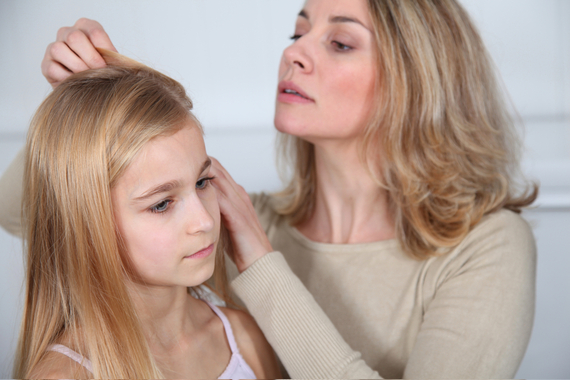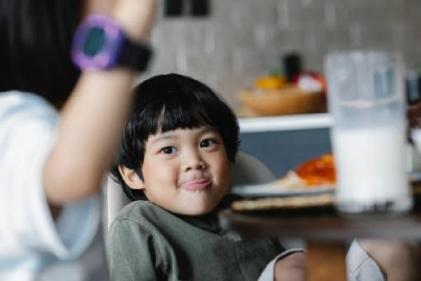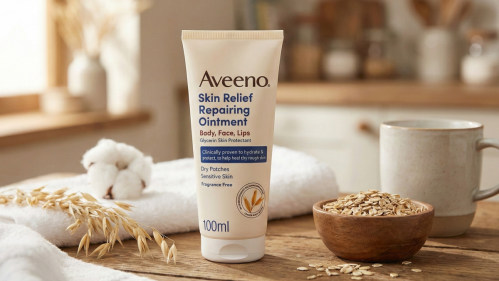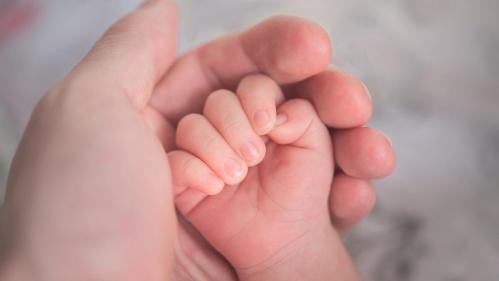 If your child is starting back to school, it won't be long until you hear that dreaded word: head lice.
If your child is starting back to school, it won't be long until you hear that dreaded word: head lice.
Infestations of head lice are common once children start school and getting rid of the nasty creatures can be a parent’s worst nightmare. They spread by head to head contact and can only be eradicated with dedication and commitment, and a louse’s breeding cycle lasts for 10 days, so any treatment needs to last that long as well to ensure that all lice are killed.
If your child keeps coming home with adult lice after you’ve treated them, then it’s most likely they are being reinfested at school.
What schools can do
Ultimately treating head lice is a parent's responsibility, but there's nothing more distressing than spending hours treating your child and finding them coming home from school with a fresh case of adult lice in their previously treated hair. In this case, the school community needs to band together.
- The first step is for the school to send home a note outlining the problem and reminding parents to check all members of the family for head lice - and to treat every member who has head lice - which can involve parents too.
- Schools should develop a head lice policy to deal with head lice and keep all staff informed.
- They should also educate families, staff and children to de-stigmatise the issue.
- The school can also encourage children to avoid head-to-head contact wherever possible.
- When the problem seems to have reached 'infestation' stage, schools can also hold a "Check and Treat" day where all the children are checked and treatment commences on the same day. For these days all parents need to sign consent forms and trained groups of parents come in to help diagnose and treat affected kids.
- Schools should also prepare an agreement for parents to sign which outlines expectations about weekly head checks, for parents to not send children to school with live lice and to outline the school's responsibility in regard to head lice.
What parents can do
For some reason there seems to be a stigma around head lice, but as parents, we need to change that. Head lice can be caught by any child, so you needn't feel embarrassed if your child comes home with some critters. Instead, it's time to speak up.
- Tell your friends and family that your child has head lice - and that you're starting treatment.
- Inform the school so they're aware too and can act accordingly.
- If you're concerned that there may be a child who is continually re-infecting others, you’ll need to tread carefully. If you're friends with the parent you might be able to start up a friendly chat about head lice and how you're dealing with it and ask them what treatments they find successful. If not, try talking to the principal for ideas on how the problem can be tackled.
How to check for head lice
The easiest way to check for live head lice is to use the conditioner and comb method. Remember that not all cases of head lice will cause itching - and the headlice can be difficult to spot on certain hair colours. If you're not keen on using chemical or commercial treatments, the conditioner and lice comb method when used every second day for a fortnight, can successfully eradicate head lice too.





